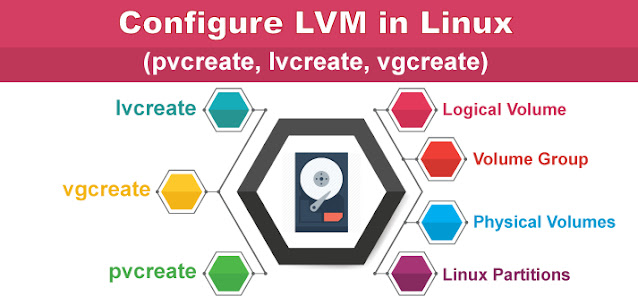Automation Using Python
Welcome to my menu program
This program contains fully automated technologies that can be run directly in any flavor of linux operating system
This menu program contains some great technologies like :
1. Amazon Web Services (AWS)
2. Big Data Hadoop
3. LVM partition technique
4. Web Server
5. Yum
6. Docker
This menu-driven program is built in python that can be useful in automation of above mentioned technologies.
- AWS key pairs
- Describe key pair
- create key pair
- Delete key pair
- EC2 instance
- Create Instance
- Describe Instance
- Start Instance
- Stop Instance
- Reboot Instance
- Terminate Instance
- Create AWS security group
- EBS volume
- Create EBS volume
- Attach EBS volume
- Detach EBS volume
- Create Snapshot
- Delete EBS volume
- create S3 bucket
And you know the good part, you can do everything just in one click ;)
Checkout this blog to know about AWS and in real world, what are the need of companies that they are using AWS -
''THE WORLD 0F IMAGINATIONS, HOPES AND DREAMS: DISNEY, SELECTED AWS''
2. Big Data Hadoop :
What is Big Data?
In simple words :
- Big Data refers to a massive amount of data that keeps on growing exponentially with time.
- It is so voluminous that it cannot be processed or analyzed using conventional data processing techniques.
- It includes data mining, data storage, data analysis, data sharing, and data visualization.
- The term is an all-comprehensive one including data, data frameworks, along with the tools and techniques used to process and analyze the data.
To learn more about Big data, checkout my blog on ''how MNC's stores, manages and manipulate Thousands of Terabytes of data with High Speed and High Efficiency. ''
- install jdk and hadoop
- setup namenode
- setup datanode
- upload files on cluster
- check the list of files on cluster
- see the files uploaded on cluster
- check active domains
- upload a file of specific block size
and many more....
This one is to install jdk and hadoop and setup namenode:
This one is for other programs of hadoop :
3. LVM (Logical Volume Manager)
Logical volume management (LVM) is a form of storage virtualization that offers system administrators a more flexible approach to managing disk storage space than traditional partitioning.
This type of virtualization tool is located within the device driver stack on the operating system.
It works by chunking the physical volumes (PVs) into physical extents (PEs). The PEs are mapped onto logical extents (LEs) which are then pooled into volume groups (VGs). These groups are linked together into logical volumes (LVs) that act as virtual disk partitions and that can be managed as such by using LVM.
LVM is an amazing technique using which you can increase the storage of device on the fly, without loosing data, without shutting down the system or unmounting the device. Also you can combine two devices to form one single drive.
This menu includes :
- Create LVM Partition
- Integrating LVM with hadoop and provide elasticity to DataNode
- Extend the size of DataNode on the fly without unmounting device
This one is for creating LVM on System:
This one if for integrating LVM with Hadoop and providing Elasticity and other techniques :
4. Web Server :
Here you can literally deploy your own web server and website on the top of AWS instance. You can create a high availability architecture with AWS CLI.
To know about this HIGH AVAILABILITY ARCHITECTURE, you can go through my this blog
The architecture includes-
- Webserver configured on EC2 Instance
- Document Root(/var/www/html) made persistent by mounting on EBS Block Device.
- Static objects used in code such as pictures stored in S3
- Setting up Content Delivery Network using CloudFront and using the origin domain as S3 bucket.
- Finally place the Cloud Front URL on the webapp code for security and low latency
5. YUM :
.
YUM is the primary tool for getting, installing, deleting, querying, and managing Red Hat Enterprise Linux RPM software packages from official Red Hat software repositories, as well as other third-party repositories
YUM is the primary tool for getting, installing, deleting, querying, and managing Red Hat Enterprise Linux RPM software packages from official Red Hat software repositories, as well as other third-party repositories
YUM allows for automatic updates and package and dependency management on RPM-based distributions.
So using this menu program, you can automate above techniques without knowing the actual code to run.









It's really good 👌👌👌
ReplyDeleteThank you 🌸🌸
Delete